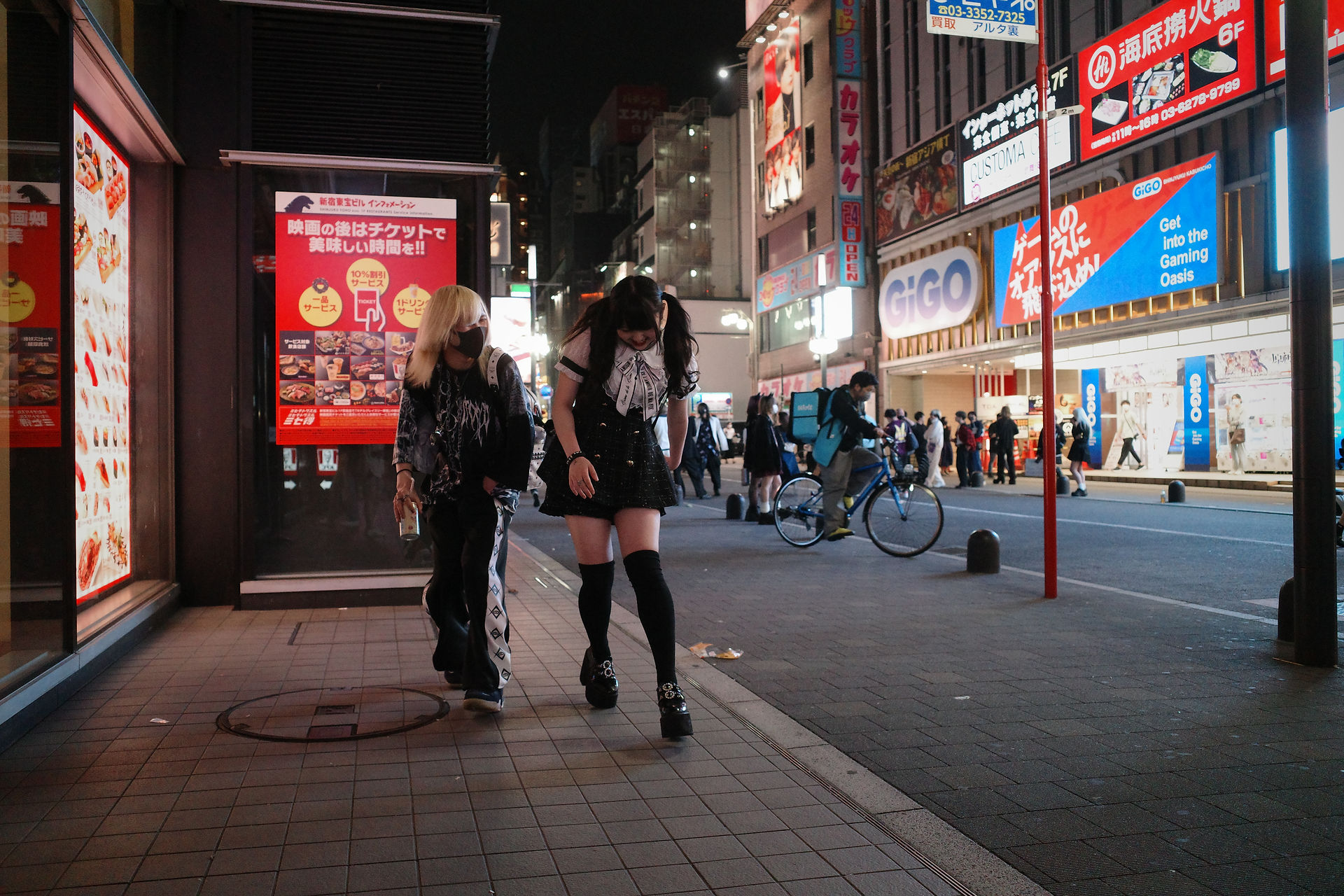
Use of language in
Toyoko kids
Terms of address
by Yuta
Introduction
Terms of adress are the way other people refer to other people, such as “you”, “he”, “she”, “bro” etc.
In every language and society, every time one person speaks to another, there is created a host of options centering around whether and how persons will be addressed, named, and described. The choices speakers make in such situations, and their meanings to those who interpret them, are systematic, not random (Philipsen & Huspek, 1985)
While some languages do not have a large variety of this, the Japanese language has a wide range of addressing terms. Especially in the Toyoko hiroba, the kids use more diverse, and a free range of addressing terms as the general rule there is to be open and be yourself. This creates an environment in which people call each other using different kinds of names.

The diagram above shows the different terms of address that can be seen in the area. The size of the circle suggests its approximate frequency of use and the colour for which gender it was most seen used by. Blue shows it was used more by males, red for females and purple for both.
お前 (omae)
This term of address is used very commonly in Japan. However, it is a very casual phrase and can show impoliteness. Basically, it is mainly used to people that are close to you. Using this word on first contact may appear rude in a Japanese community which is built on politeness. But, this phrase is widely used in the Toyoko hiroba even on first contact. The theory of interactional social linguistics states that social factors largely influence linguistic processes. If this is the case, we can infer that the hiroba allows for people to call each other in this seemingly rude term. This allowance creates a free environment and thus people feel safe and secure using these terms. Using this word may create a sense of belonging in this community. So, this is one way in which relationships are created.
Example
One time, I observed a group of three guys talking in a circle. They were talking about how they first met on social media and was meeting now for the first time. For their first time meeting they were all very comfortable with each other. Then as a joke one guy started to randomly throw light jabs at another guy. They were laughing and then the guy getting jabbed at said “お前まじ何してんの”, which translates to, what are you doing.
First name
People may think that this is one of the most common way of referring to other people in almost every language. However, it is important to realize that using actual names as a term of address is after a certain amount of intimacy has been established. Especially in Japan, people do not refer to others using their first name, but instead use their last name. In the hiroba many people referred to each other using their first names.
Example
Ending ちゃん (Chan)
This idea of putting something after a name is unique to the Japanese culture. If I were to compare it to an example in English, it is most similar to titles of someone that comes before their name, such as Mr. or Mrs. In this case however, it does not reflect someones profession or status. It is a suffix of a more formal version which is さん (san). It simply is a way of referring to someone informally while giving it a bit of intimate touch. In Japanese it is possible to address someone in third person even if the comment is targeted towards them. Also, when this term is used I observed that it often came with a compliment.
In the same time as the example above, I observed a guy calling his friend standing in a circle, たけし (Takeshi). It is important to note that this was their first contact. Another time I overheard a conversation about where to go out to drink. They were listing out potential stores and one guy asked a girl if she knows a place. He referred to the girl as さら (Sara). While these names themselves do not have certain meanings it shows how it can be used to make establishing relationships easier.
Example
One time two girls were talking to each other and was complimenting each-other’s outfits. The girls were referring to each other with the ending chan. They said things like “みくちゃんのの方がかわいいじゃん”, which translates to miku-chan’s thing is cuter.
Nicknames
Nicknames are the ultimate way to address someone intimately. Usually, in order to have a nickname a person must know each other for a long time. Even having known each other for a long time, nicknames are not always a necessity. But, using it can definitely deepen relationships to a greater level. So, it shows a large amount of personal connection.
Example
For example, a group of three guys were meeting up with a larger crowd that came to the hiroba. One guy from the smaller the group recognized another guy from the bigger group and said ”あ、コムちゃん久しぶりー”; translation being oh, long time no see Komu-chan. This shows intimacy and friendliness.
Conclusion
The terms of address is a way people address others, and the use of these terms can create or show existing relationships. In the Toyoko hiroba, the use of these terms are distinctive from the general usages. By allowing for more open and free ways to refer to other people, it creates an environment in which people feel free and more open to intimacy. So, these terms create intimacy and makes creating relationships with strangers easier.
Sections
Use of Language
